Edited by my beloved friend K.L.
“Tết Nguyên Đán”, often called shortly as “Tết”, is the most important holiday of the year in Vietnamese culture. It stands for New Year according to the lunar calendar. And just like how Christmas is for western culture, Tết is important for Vietnamese people. Though being Vietnamese and proud of it, I am always got caught in surprise with my own confusion whenever I think about my relationship with Tết. My feelings towards this holiday with endless traditions to respect and follow are always hard to define, especially after having forced myself to deny a big part of them for a long time.
A week ago, I contacted a long-time friend to plan out a business trip. My friend, who is also Vietnamese, then reminded me that the date of my trip would fall exactly on Tết and thus invited me to spend New Year’s Eve at her place, in a cocooning style among friends. It’s only then that I realized that few years already passed since the last time I celebrated Tết. This may sound strange for a Vietnamese woman, but my relationship with Tết has taken unexpected turns in the last decade. Looking back, I realize that every time I change my attitude towards the Tết, it is also the beginning of a new shift in my creative life.
Tết in my memories
In all honesty, I did not like Tết.
Very early on, I was aware that Tết was an absolute anxiety trigger for my mother. I always felt like it was a “deadline” that was chasing us with load of preparations. I could read the stress figured on my mother’s face following the huge sum of year-end expenses that we could not even afford. But these expenses were part of the traditions that we had no other choice but honour, it was always better for us to accept them in order to save face. I also remembered the busy schedule filled with visits to close and distant family members, to my parents’ colleagues and supervisors at work. For my mother, whom I have always known as a homebody and introvert, Tết holiday was far from being a vacation.
Tết was also the time when I was also forced to witness with my own eyes the difference in treatment between men and women. Despite all progress in gender equality at work and the arrival of new and more advanced society norms, all I saw at every Tết in my childhood was women running up the stairs of a four-story house to serve the large family of twenty people, or to be more precise, a group of twenty men drinking. Even though I was told repeatedly that serving the family was deemed to be the happiness of a woman, I found it hard to believe as I looked in the eyes filled with fatigue of my mother, of my aunts, of my female cousins … I saw the pretty plates filled up with some of the best dishes of the year, prepared by these women, appear one by one on the festive table; while the same excellent cooks stayed in the kitchen, eating in rush at a “lower-rank” table, served with smaller plates, plain, undecorated.
At that time, I was convinced that the traditions that we cherished were more like a cage that locked up the freedom of women.
But then, men were not immune to discrimination either. It was common to see young men being forced to drink until they were heavily drunk or at the point of passing out, under the pressure (or encouragement) of other men with higher social or family position. These men also had the obligation to prove themselves with their success: getting a promotion, buying new house, giving birth to a son … Otherwise they would see their legitimacy decrease and forced to dine at the “lower-rank” table.
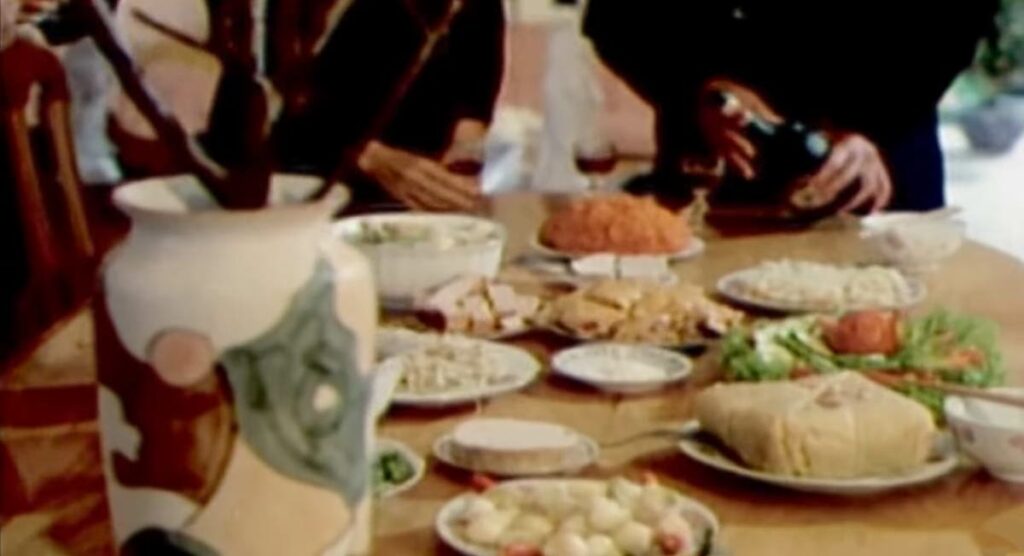
And since Tết represents above a family gathering, the children too would see themselves being part of totems for the adults to prove themselves. Every Tết, I was reminded of the disappointing child I was who only doodled nonsense.
Thankfully, these yearly competition never affected the relationship between me and my cousins. We were always happy to get together each year and be there to reassure each other.
Often, when the New Year’s Eve fireworks ended, me and the youngest cousin, we would be sent to our desk for the “first stroke of the year” (khai bút), or precisely, to do our vacation homework (yes, because the teachers always gave us a lot of homework out of genuine concern that we would get bored during the holidays. But trust me, being considered a “future family woman,” my Tết vacation was far from relaxing. And it was annoying to do math past midnight after an exhausting day in the kitchen).
Vietnamese people believe that the first actions of the year will strongly predict the twelve months that follow. That’s why starting the year with homework was just a non-negotiable ritual. Only after I made sure that the only person who could watch my doings was my cousin who sit across the room and was about to fall asleep, that I could begin my own ritual. My first strokes of the year were always a tiny, sneaky drawing that carried my wish for a year filled with creativity.
Chances are, I might still be hating Tết if I did not have one particular life-changing event, followed by the first creative turn.
Tết as expatriate
I spent my first Tết as a young adult 10,000 km away from Vietnam.
It was expected that I ought to feel nostalgic as Tết approached. If my life was a rom-com, maybe it would have been easier for me to understand how the family moments were the most precious treasure, how the distance would make me feel more deeply the spirit of Tết, and that I would have done anything to be able to live again Tết with family…
Instead, strangely enough, I did not feel much, no longing, nor relief from this ritual that I have known since birth.
However, that year, I fully experienced Tết for the first time.
At that time, I lived in a small town. There were not even ten Vietnamese students among us. At every spring, the most common question that was asked by our non-Vietnamese friends was: “Do you guys also celebrate Chinese New Year?”. Since none of us ever spent New Year’s Eve in China (and because we were a bit fed up with those who think all Asians are Chinese), we would then spend hours talking passionately about our Tết. And since our non-Vietnamese friends seemed to be interested, we wanted to give them the experiences of a real Tết.
That was the reason why a small group of students who had no family nearby nor resources nor even any idea of how to find proper decorations, started to throw themselves into the preparation of Tết.
For the first time, I lived among these women and men who gave their heart and soul to organize this symbolic holiday. There was no place for discrimination nor material show-off. There were only the noise of the chopper, the smell of the frying, the sleepless night to guard our pot of “bánh chưng”, and a lot of laughs.
That first Tết was just a meal with our professors, our thesis supervisors, and some classmates. But since that day, Tết has become our important annual event. Each Tết took on a larger scale than the previous one, adding one by one an assortment of customs, of festivities, and of performances. Each Tết, I would embark on a multiple of creative activities with the encouragement of people around me. I tried singing, I tried dancing, animating, making short films, planning events …
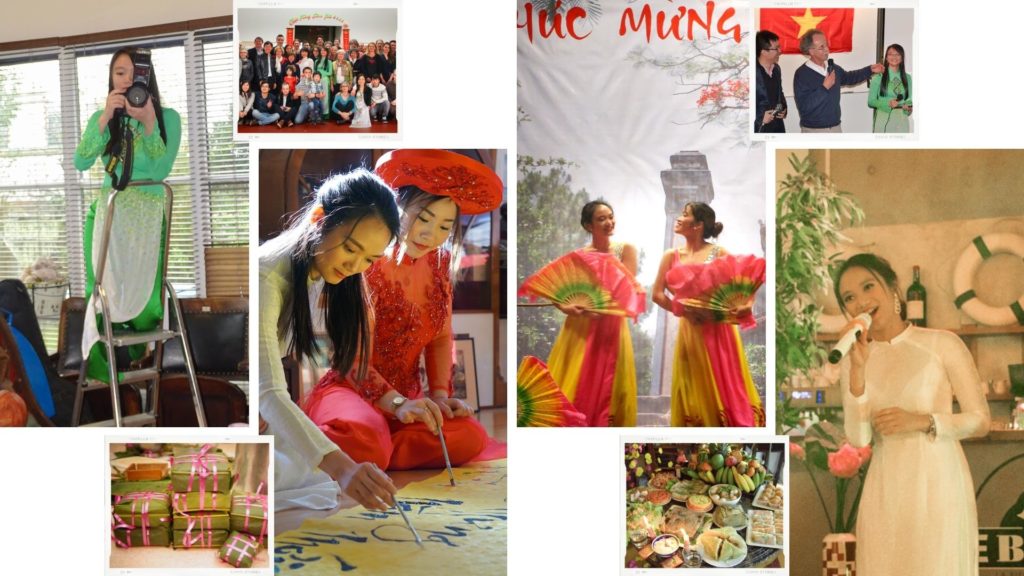
My Tết schedule was therefore twice as busy as when I was in Vietnam, but what I really felt was the exact opposite of my childhood memory. The personal ritual of drawing a sneaky tiny sketch when I was a child was then replaced by creative projects that began months before Tết, aiming to offer an explosion of sensation during the shows at the beginning of the year. With all that was going on, I thought I finally had a grip of what Tết was supposed to be, like an opportunity to display my identity and being surrounded by friends and creativity.
I wish that feeling could last forever. But as time passed, so faded away my enthusiasm.
Tết in me
Few years ago, for professional reasons, I moved to another place, far away from my adopted region, far from my Vietnamese friends.
The first year settling in, I did nothing for Tết. Again, one could expect me to be sad, but oddly enough, I felt … normal. Some people could have thought back then that I lost my roots, some others were convinced that this was proof that my quality of life was deteriorating without Vietnamese friends and family. Some called me a workaholic like what we are used to see in those American Christmas movies where the young woman chooses to focus on her career and hence forgets the famous Christmas magic in the process. On other side, one could also think that for a creator, a brutal full stop should have left me with a big void.
However, again, I did not feel any of that.
Instead, I took the time to observe Tết from afar, and suddenly, I realize that all those Tết that I went through with were more like a series of exhibitions. Tết of my childhood was like a showcase of rules to be respected with no place for questioning since they are considered as tradition. Tết during my student time was nice spectacle to affirm our culture, to highlight our differences, and to celebrate the pride of being Vietnamese. After more than 5 years of living in a foreigner country, the obligation of becoming a “future family woman” was no longer a burde my shoulders. I no longer felt the need to reinforce my identity as a Vietnamese in the eyes of the communities here in France. It was a mission I thought I accomplished, and therefore it was time for to move on to the next step.
I think that I am very much like my mother, a homebody and an introvert. Both of us dislike the social obligations of Tết. The only difference is that my mother never has the opportunity to pause and to ask herself the question: “What is Tết for me?”.
That is the reason why I decided to take the time I needed to ponder, to observe, and to find myself an answer for that question.
Since then, with each Tết passing by, I chose to do only what came to mind. It was fun to clean up before New Year’s Eve, or to be careful not to empty the trash can during the holidays, or to wear a pretty red top to work on New Year’s Day …
I was happy to have something special for myself, for my own Tết. I felt that I finally came to an understanding what Tết was supposed to be for me, or maybe it was the other way around, it was Tết that finally found its way to my understanding.
And it was the same thing that I was doing with my creativity process. I am so grateful that I had the opportunity and the trust of my friends to try as many creative activities as possible (almost like anything that came to my mind). I had an amazing time, and those skills are here to stay. But the only thing that I always have been wanting to do for the new year ended up being just … a little drawing.
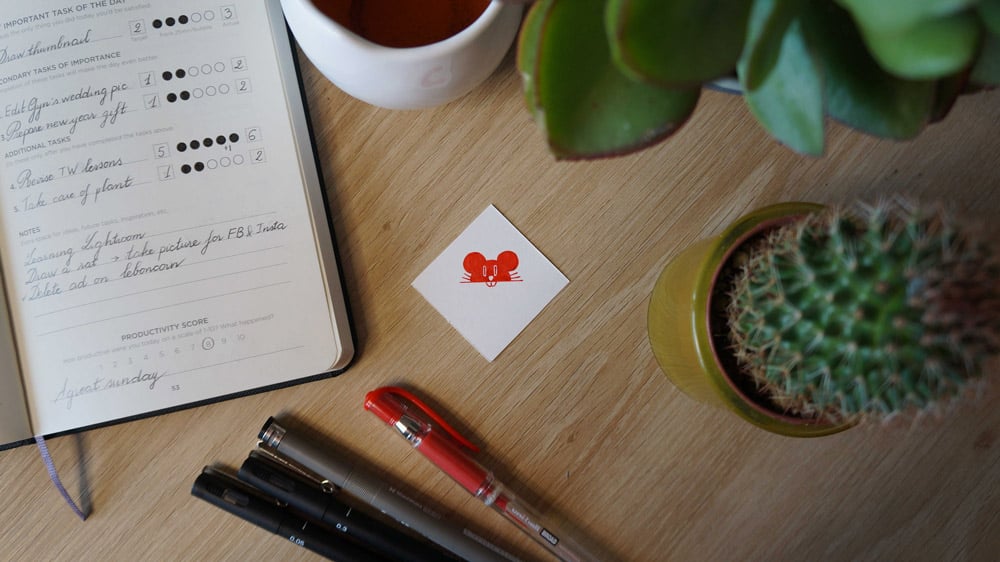
Even though I awas too down to earth to believe that the first acts of the year will dictate the year to come, a small drawing carrying the simple wish from my childhood remained the most important ritual of Tết for me. I was more confident than ever about the path I had to take.
This Tết
From the beginning, I didn’t really plan anything for Tết this year. The “business trip” that I went through with was simply a meeting to prepare for a new section for this blog (please note, this is not an official announcement! 😉 …). Even so, I soon realize that this Tết would be filled with creativity again, less of anything spectacular compared to what I did in the past, but in a much calmer and more profound manner.
The friend with whom I spent New Year’s Eve, food blogger Tea Ah, is also someone who has a special connection to my creative life. It was with her that I took my first steps in video making, then few other first steps in blogging (not to mention all the times she taught me the ABC’s of communication and marketing right at the moment I needed it as if it was magic!). When we met again, this friend let me know that in her eyes that I seemed to no longer feel tense about seeing my old peers, and guessed that perhaps with the confidence that I built up since I became a full-time illustrator, I was not afraid of peer pressure anymore.
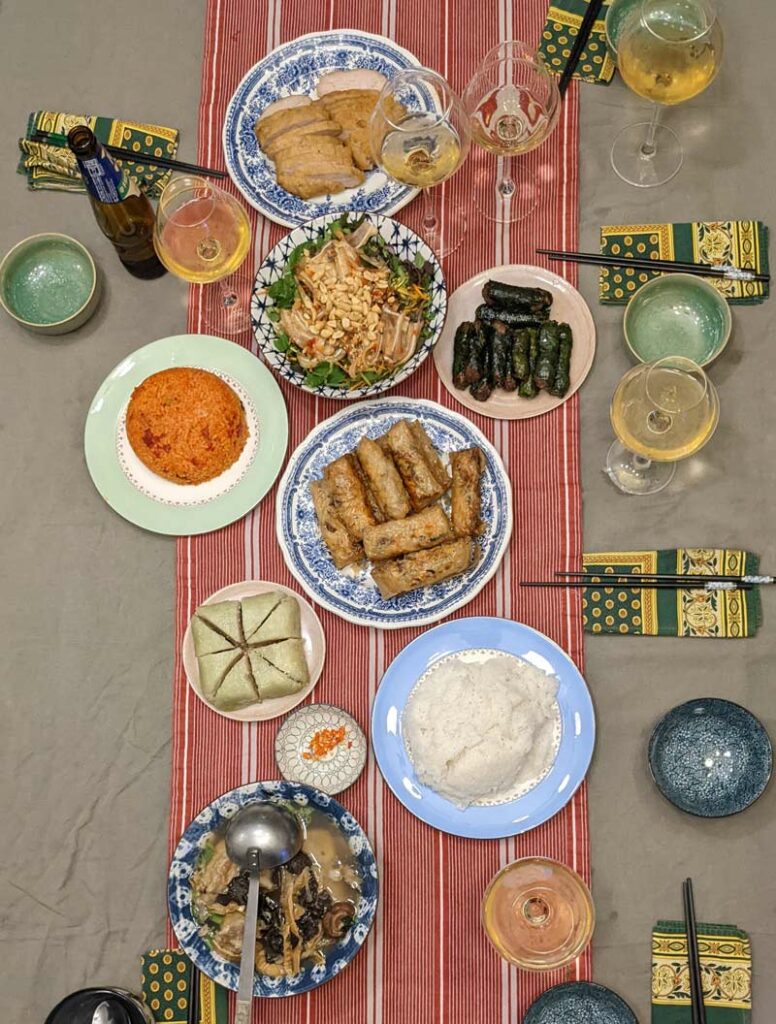
As for me, I just feel like I am finally ready to welcome the traditional Tết back, to build new memories, and to start making new meaning out of each Tết awaiting ahead.
Happy lunar year, happy Tết everyone!
Keep creating!
Tu Ha An
*Please consult the information on Copyright & Intellectual Property before copying or mentioning the content and images of tuhaan.com



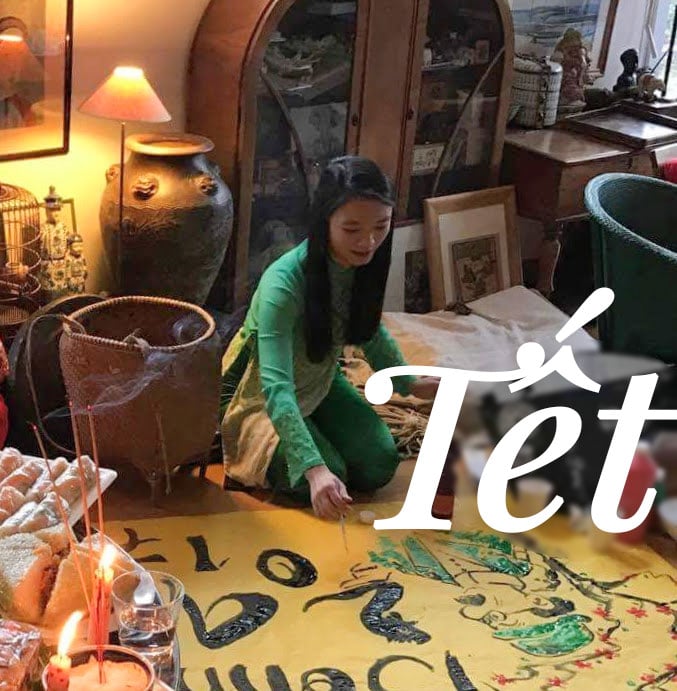
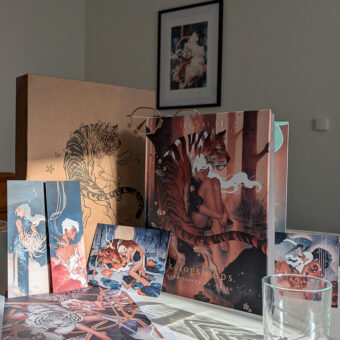
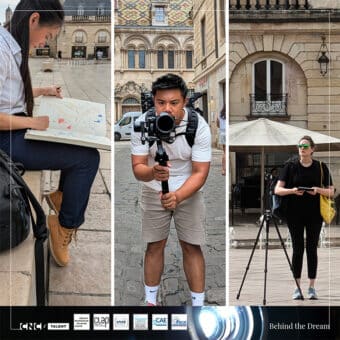
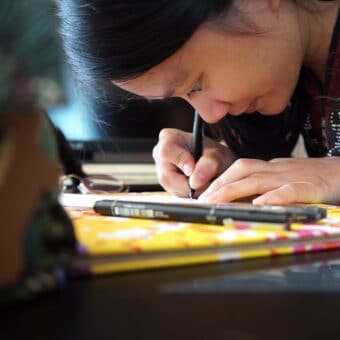


Minh
your blog post resonates a lot with me, but I more hate it than love it.
I hope I can find peace with Tet soon, even though now Im living far away from VN, I still feel a lot of pressure when that day comes, when everyone is trying to show up and show off their Tet on social media.
Here is my post about Tet:
https://minhandlife.com/tet-o-trong-tim/
Thanks em for sharing
Tu Ha An
I just read your blog article too. Thank you for sharing the thoughts that are not common and sometimes difficult to be accepted by most people who have same origins as us. Thank you for your words that make me feel less alone. I can sympathize with the pressure you feel every time Tet approaches. I wish you strength and courage.